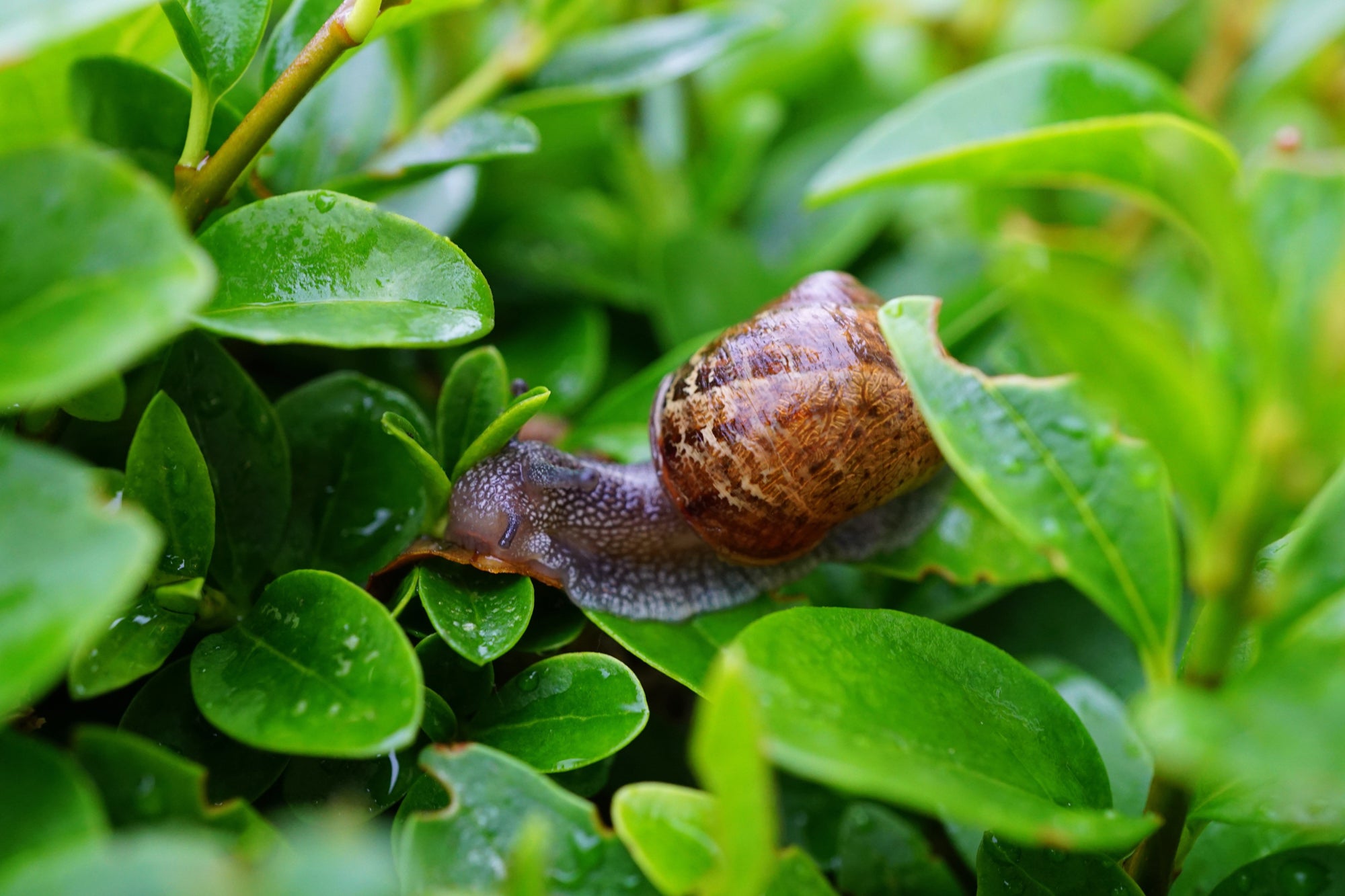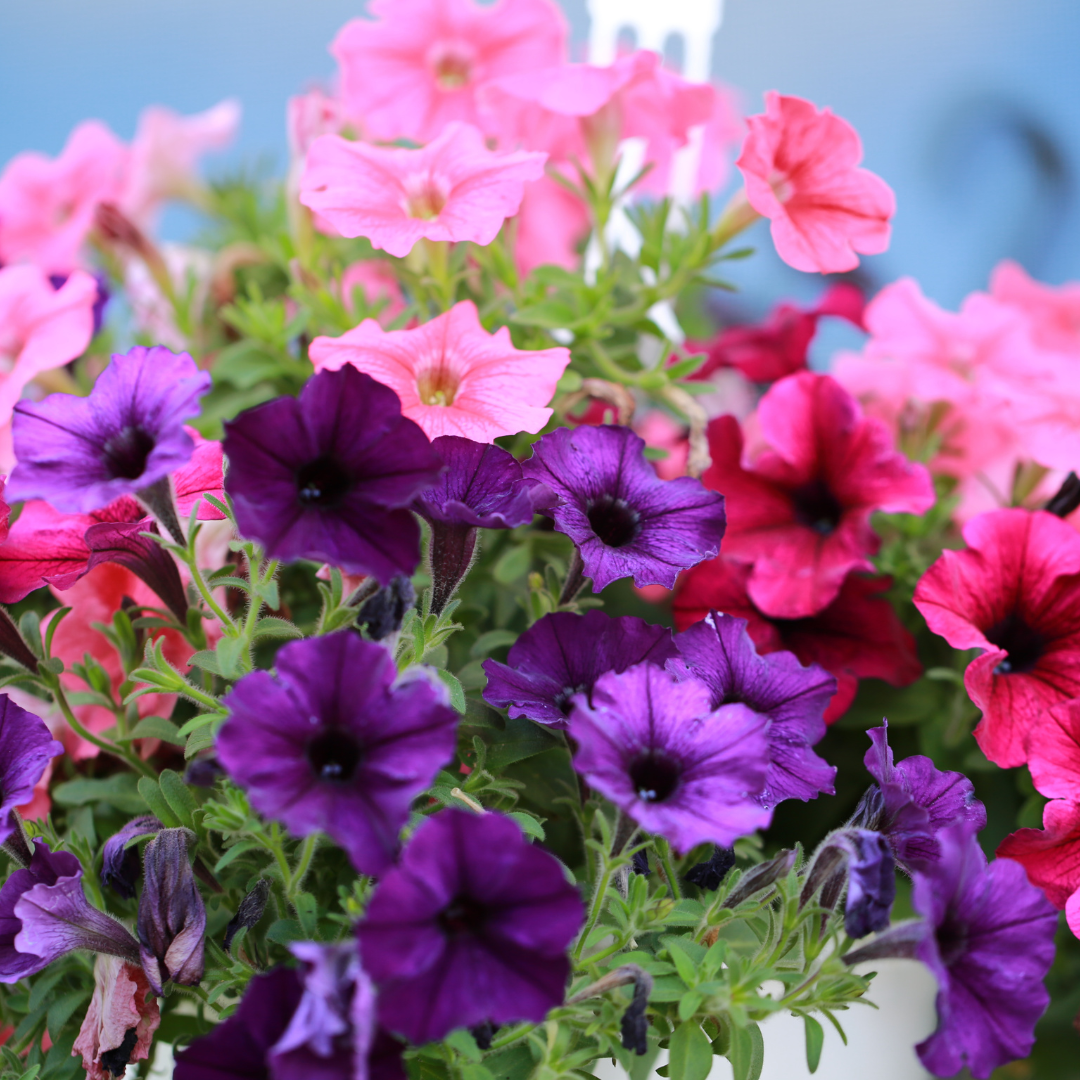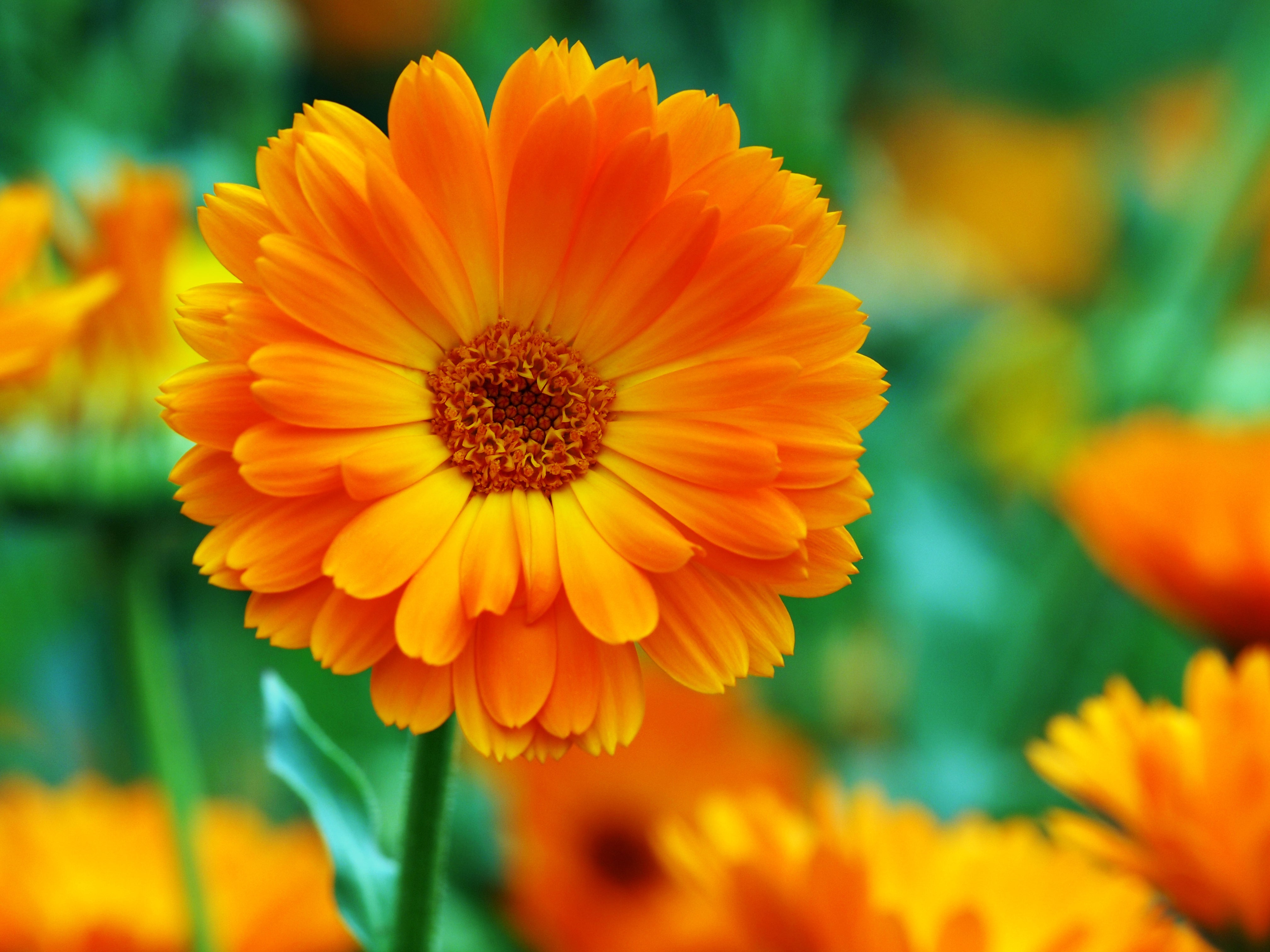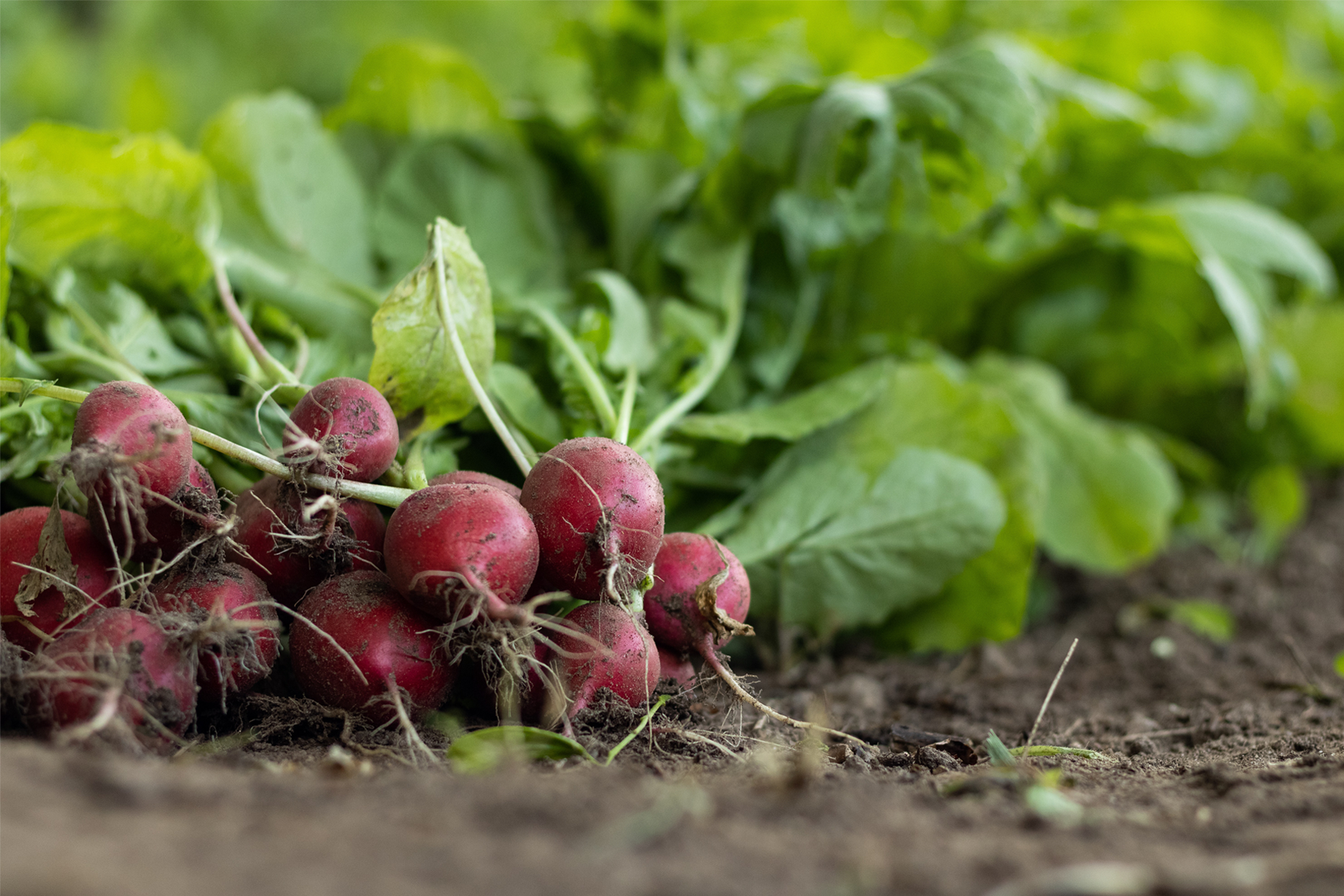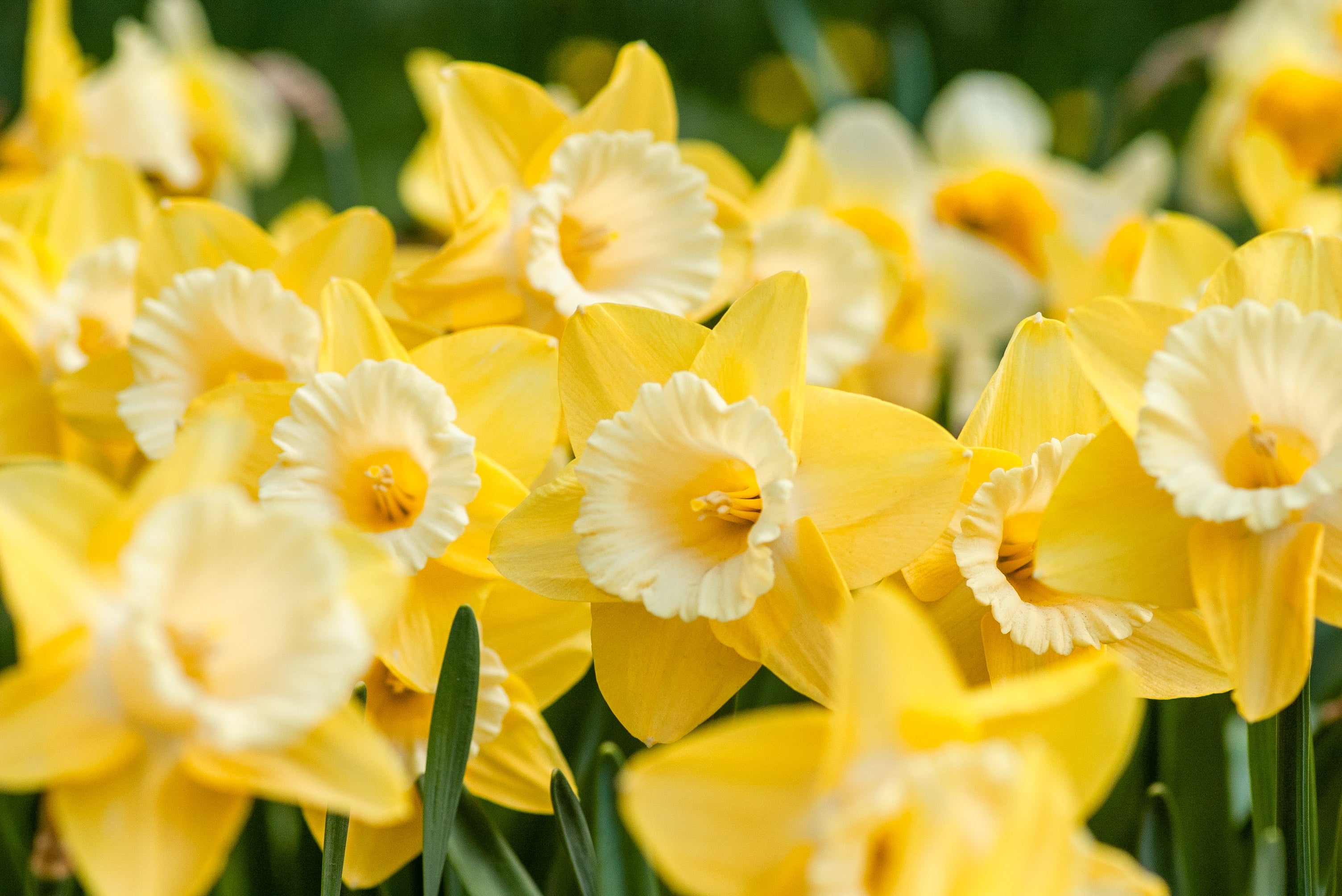Garden pests and diseases
Combining Natural & Chemical Methods
The decision to use chemicals depends on the nature of the problem. If there is a high risk of damage, it is often the only solution. However, some planning and regular attention can be very effective in discouraging pests and preventing disease. Here are some examples.Organic Gardening
There is a variety of low-toxic products available at Palmers stores. Palmers are New Zealand’s first garden centre group to be granted accreditation to sell certified organic gardening products. Every product in the Palmers Green Living Organics range has been chosen because it is BioGro certified organic and represents value and quality with integrity.Garden Hygiene
Keep your garden clear of long grass and weeds – they often harbour pests. Diseased plants, fallen leaves and fruit and pruning wood should be removed and burnt. Plants suffering from moisture stress (either too little or too much) are more susceptible to pests and diseases. Choose disease resistant varieties of plants and choose plants suited to your local soil and climatic conditions. Companion planting is a natural form of pest control. Include herbs that deter garden pests (e.g. chives and garlic planted under roses deter aphids; marigolds combat whitefly) and shrubs which attract insect-eating birds.Mechanical control
Here’s how you can get 15 minutes exercise a week! Weed your garden regularly and remove pests, diseased fruit and leaves by hand. Lay insect traps. Yellow cards spread with glue will attract and trap whitefly. Lay dishes of beer to attract slugs and snails. (They will drown themselves in it.)Biological control – Natural predators
Introduce natural enemies to pests. Birds feed on insects, while lacewings feed on aphids and whitefly. Ladybirds, frogs, lizards, spiders and wasps all feed on insects. Welcome and conserve as many of these creatures as possible in your garden. A single frog can eat as many as 10,000 insects in a three month period.Chemical control
Fungicides and pesticides are the quickest and most effective method of preventing and controlling pests and diseases. It is important to remember that all chemicals are dangerous and require careful, responsible use. For further information on safe usage of chemicals read our Common Sense Guide to Spraying.Common pests and diseases for vegetables
Courgette, sweetcorn, cucumber, beans, cabbage, broccoli and tomatoes.
Symptom: Holes in leaves or fruit. Cause: Caterpillars. Control: Enspray Oil, Mavrik.
Symptom: Clusters of insects on growing tips. Cause: Aphids. Control: Enspray Oil, Mavrik.
Symptom: Tiny white insects on the undersides of leaves – fly when disturbed. Cause: Whitefly. Control: Enspray Oil, Mavrik.
Symptom: Mottled or yellow leaves becoming dehydrated. Cause: Mites. Control: Mite Killer or Mavrik.
Symptom: White powdery mould on leaves. Cause: Powdery Mildew. Control: Fungus & Mildew spray
Symptom: Small black spots with yellow margins on the tomatoes. Cause: Bacterial spot Control: Remove bad leaves and spray with Copper.
Symptom: Black rot on the bottom of tomatoes. Cause: Blossom End Rot. Control: Regular watering.
Common pests and diseases for fruit trees & ornamentals
Peaches, feijoa, tamarillo, passionfruit, citrus, apples, grapes, azalea, camellia, fuchsia, bottlebrush, manuka and pittosporum
Symptom: Yellow leaves distorted and tightly rolled. Cause: Leaf Curling Midge. Control: Enspray Oil
Symptom: Leaves webbed together, sometimes rolled, many small holes especially on new growth. Cause: Leaf Roller Caterpillar. Control: Enspray Oil
Symptom: Tunnels in apples. Cause: Codling Moth. Control: Enspray Oil or Mavrik.
Symptom: Black spots on leaves or fruit. Cause: Black Spot. Control: Fungus & Mildew Spray.
Symptom: Powdery Mould. Cause: Powdery Mildew. Control: Fungus & Mildew Spray.
Symptom: Leaves silver & dry, with brown specks on the underside. Cause: Thrips. Control: Enspray Oil.
If you are unable to identify the problem in your garden take a sample to your local Palmers store and we will identify it for you. Pests and diseases will always be present in your garden to some degree. To treat the problem effectively, you must first identify the pest or disease you are dealing with. If you are unable to do so, bring us a sample of your affected plant and we will be happy to advise you on how to deal with the problem.

